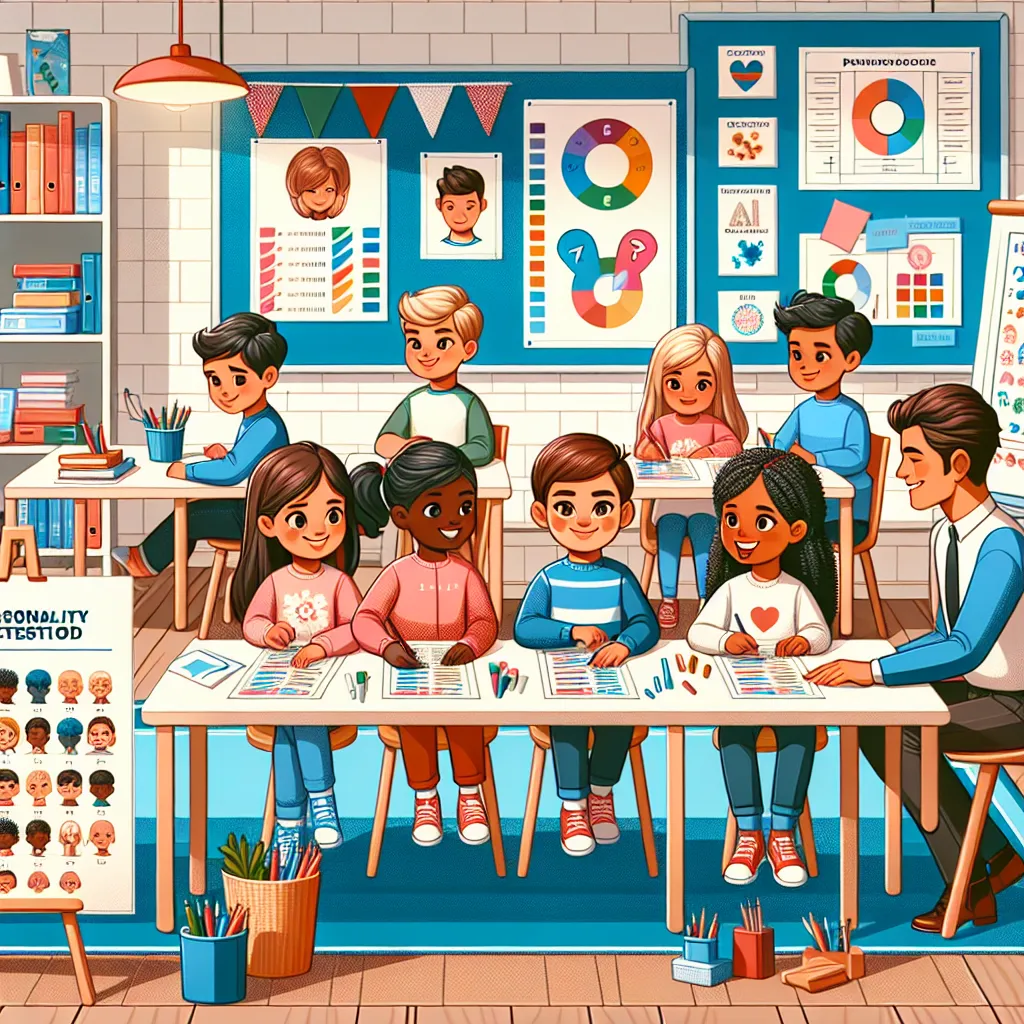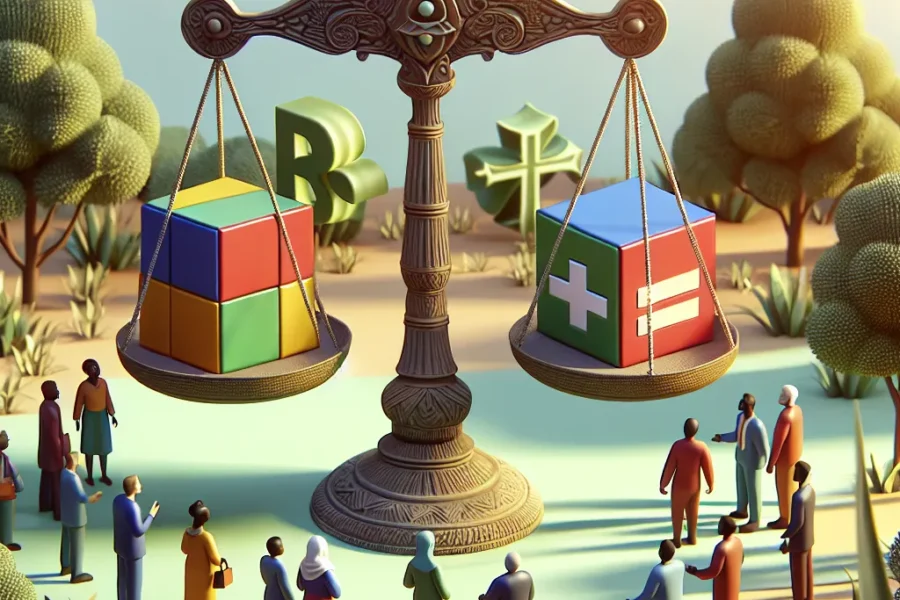Understanding the unique personalities of children is a crucial element in guiding their development, aiding educational strategies, and supporting their emotional well-being. Children and personality testing is a reciprocal process that offers insights into the intricate characteristics that make up a child’s persona, preferences, and behavioral tendencies. In this comprehensive article, we will explore the various methods used to evaluate and interpret the different aspects of a child’s personality.
**Personality Testing in Children**
Personality testing in children is fundamentally different from similar assessments designed for adults. Younger individuals are still in the prime stages of psychological development, and their characteristics are more fluid and susceptible to change. When assessing children’s personalities, it is essential to consider their developmental age, context of the testing environment, and the purpose behind the testing.
**Traditional Personality Tests**
Many traditional personality tests have been adapted for children. These tests include self-report questionnaires and projective tests designed to tap into different levels of a child’s personality, including their temperament, character traits, and behavior patterns.
1. **Myers-Briggs Type Indicator for Children (MBTI):** An adaptation of the popular personality assessment, the MBTI for children, is designed to measure psychological preferences in how children perceive the world and make decisions.
2. **Big Five Personality Traits for Children:** The Big Five is a widely acknowledged model in psychological personality testing. Adaptations of this model for children help assess five major traits: openness, conscientiousness, extraversion, agreeableness, and neuroticism.
3. **Children’s Personality Questionnaire (CPQ):** Specifically designed for children ages 8 to 12, the CPQ measures 14 different personality traits that are relevant during childhood to provide insights into their behavior and potential.
**Projective Personality Tests**
Projective tests are indirect methods used to assess a child’s personality. These tests are based on the idea that when presented with ambiguous stimuli, children will project their own personalities onto the situation. Some common projective tests include:
1. **Rorschach Inkblot Test:** While traditionally used for adults, the Rorschach test can be modified for children. It involves presenting children with inkblots and asking them to describe what they see, allowing psychologists to interpret their perceptions and emotions.
2. **Thematic Apperception Test (TAT):** The TAT is another projective test that involves children telling stories about ambiguous pictures. The content, themes, and emotions present in these stories offer a window into the child’s inner world.
**Behavioral Assessments**
Behavioral assessments in children often involve observations of the child in naturalistic or structured settings. By watching how children interact with their environment, adults, and peers, psychologists can draw conclusions about their personality types, strengths, and areas for growth. Some common behavioral assessment methods include:
1. **Direct Observation:** Psychologists or trained observers watch children in various settings, such as at school or during play, to note specific behaviors that are indicative of certain personality traits.
2. **Parent and Teacher Reports:** Standardized reports can provide quantitative data based on educators’ and parents’ observations of the child’s typical behaviors and tendencies.
**Personality Inventories for Children**
Personality inventories are structured tests that include a series of questions or statements to which children are asked to respond. These responses are then scored and analyzed to create a personality profile. Examples include:
1. **The Personality Inventory for Children (PIC):** Designed for children ages 5 to 19, the PIC provides a comprehensive assessment of a child’s psychological and behavioral status through parent-report inventory.
2. **Millon Pre-Adolescent Clinical Inventory (M-PACI):** Created for younger children, this inventory helps to identify early signs of personality development issues, emotional disorders, and behavioral problems.
**Technological Advances in Personality Testing**
The integration of new technologies has made personality testing more accessible and accurate. Tools such as computer-adaptive testing and game-based assessments engage children in an interactive experience while collecting valuable data on their personality traits.
1. **Computer-Adaptive Testing:** This method adjusts the difficulty of questions based on the child’s previous answers, providing a tailored assessment experience and accurate results.
2. **Game-Based Assessments:** Gamification of personality tests makes the process more enjoyable for children. These assessments embed personality measures within game scenarios to capture data as children interact with the game.
**Ethical Considerations in Children’s Personality Testing**
When it comes to personality testing in children, there are significant ethical considerations to keep in mind. Consent and assent should be obtained from parents and children respectively. The purpose of testing must always be in the best interest of the child, and the results should be used responsibly and confidentially.
Moreover, it is important to address the cultural, linguistic, and social context of the child when conducting these assessments. Tests must be free from cultural bias and must accurately capture the diverse experiences of the child’s life.
**Conclusions and Implications of Personality Testing**
The outcomes of children’s personality testing have profound implications for parents, educators, and mental health professionals. These assessments can guide intervention strategies, inform educational practices, and support children in their personal development journeys. It is through these testing methods that a child’s potential can be fully understood and nurtured effectively.
**Conclusion**
In conclusion, children and personality testing present a multifaceted approach to understanding the intricate contours of a child’s inner world. Through a mixture of projective tests, behavioral assessments, personality inventories, and technology-assisted methods, a comprehensive picture of a child’s personality can be constructed. From facilitating better educational environments to tailoring parenting styles, the methods involved in personality testing offer invaluable insights into shaping a child’s future.
Remember, each child is unique, and personality assessments should be considered as one piece within the broader landscape of their development. With ethical considerations and a commitment to the child’s well-being, personality testing serves as a powerful tool in the support and growth of our younger generations.



Leave a Comment